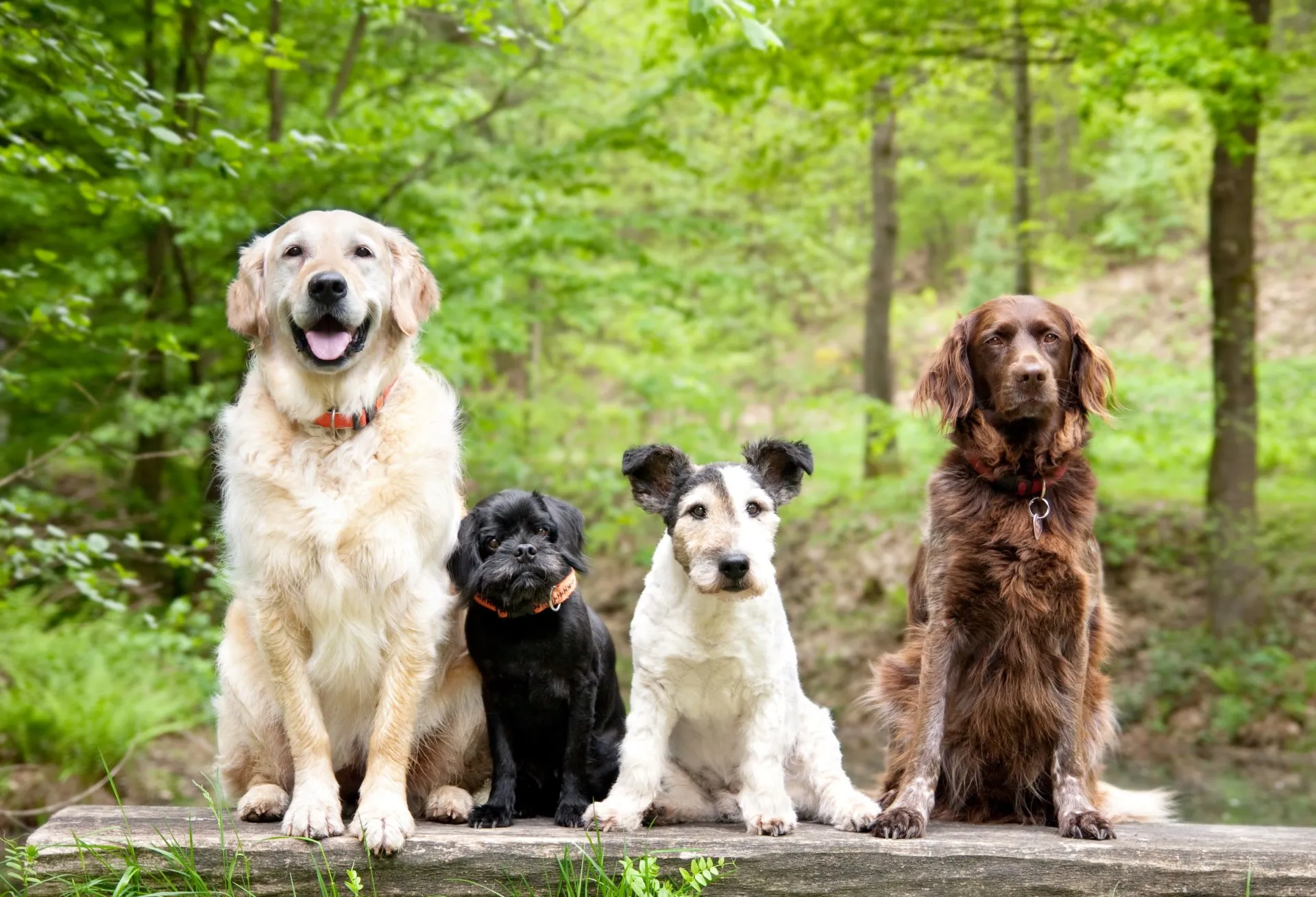The Sheltie dog breed, also known as the Shetland Sheepdog, has been captivating families for decades with its bright personality, luxurious coat, and intelligence. Bred on the rugged Shetland Islands of Scotland, these agile herders excel at tasks requiring focus, stamina, and loyalty. Families across the United States admire Shelties for their affectionate nature, as they are known to form strong bonds with their human companions. Evidence from canine intelligence studies places this breed among the top performers in obedience and working intelligence, making Shelties eager learners who thrive on mental stimulation. Their moderate energy levels suit both active households and more relaxed lifestyles, provided they receive regular exercise and social interaction. Additionally, the Sheltie dog breed’s protective instincts make them keen watchdogs, often barking to alert owners of any perceived threat. In this article, we celebrate the Sheltie’s enduring charm and explore the qualities that define this amazing companion.
Today, June 1st, is International Sheltie Day! These cute pups can definitely melt heart! Shelties are descended from the Rough Collie. They originated in the Shetland Isles, which are also he home of the adorable Shetland pony. Fido definitely deserves some time in the Spot light. A local vet discusses the Sheltie below.
Basics
The Sheltie is a part of the AKC’s Herding group. Like other herding dogs, the Sheltie is very intelligent and obedient, and is usually a very Good Boy. Playful and active, Fido is a lot of dog in a pretty small package. Shelties are rarely more than 16 inches high, and they usually weigh less than 25 pounds. That small size is no coincidence. Food could be scarce on the isolated Shetland Islands, so it was logical for people to breed animals that would eat less than their larger counterparts. This also explains why Shetland ponies are so small. Shelties were originally bred to help farmers herd their livestock. Their excellence at this earned them the nickname ‘Toonie Dogs.’ (‘Toon’ is an old Shetland word for ‘farm’.) These lovable pups are fairly long-lived, and can get to be about 12-14 years old.
Temperament
This is one area where Fido eally shines. They are extremely loyal to their humans. In fact, they were often referred to as shadows, because they stuck so close to their owners. Shelties are also very clever. Proper training is a must!
History
While the Sheltie dog breed originates from the Shetland Islands, the details of their deeper history remain somewhat elusive. No one can say for sure exactly when Fido’s ancestor, the Collie, first set paw on the Shetland Isles, as his arrival predates–or was perhaps just left out of–written records. The Sheltie was first welcomed into the AKC way back in 1909, under the name Shetland Collie. Collie breeders objected to that moniker, so there was a bit of a kerfluffle. Fido soon became known as the Shetland Sheepdog.
Care
Shelties are very frisky and active pups, and need lots of playtime and exercise. That said, they can do fine in apartments: they just need plenty of walks and trips to the park. If you’re considering getting a dog for an apartment, you might want to check out our article on What Dog Is Best for an Apartment? to explore more options. While most Shelties today are pets, rather than farm dogs, they do excel at doggy sports like herding and tracking, and also make great therapy pups. They’re also absolutely adorable!
Caring for the Sheltie Dog Breed in 2025: Training and Grooming
Can they adapt to apartment living?
Shelties can adapt well to apartment living with sufficient daily exercise, mental stimulation, and training. They are an active breed, originally bred for herding on the Shetland Islands. Despite their small to medium size, they require regular walks, play sessions, and access to outdoor areas when possible. Proper socialization helps them thrive in closer quarters. With consistent mental stimulation, Shelties remain content and well-behaved, making them suitable for smaller homes, as long as their energetic nature is respected. They typically form strong bonds, so they appreciate companionship and active engagement.
What type of yard or fencing is recommended?
Shelties thrive in a yard with a sturdy fence around four to five feet tall to keep them safely contained. Chain-link or wood is fine, though picket fences with minimal spacing can also work. The fence should be secure with no gaps, as these intelligent dogs may try to squeeze through or dig under. It’s recommended to create a designated space for exercise and mental stimulation, as Shelties are active. Proper fence maintenance and regular checks will help ensure a safe environment for them to play, run, and happily explore.
How should owners manage their herding instincts around children?
Shelties have a natural herding instinct that may lead to nipping or chasing behaviors, especially around energetic children. Supervision is recommended during playtime to ensure gentle interactions. Providing plenty of mental and physical stimulation through structured activities like obedience training, agility, or interactive games can channel that drive appropriately. Encouraging calm greetings and reinforcing positive behavior with treats and praise fosters respectful interactions. Teaching children to move calmly and avoid sudden movements helps reduce herding triggers. With consistent guidance and boundaries, Shelties can learn to interact gently and safely in family settings.
How should their barking tendencies be managed?
Shelties are vocal dogs, using barking to communicate and due to their herding heritage. Managing their barking involves consistent training and engagement. Start by teaching commands like ‘quiet’ paired with positive reinforcement techniques such as treats or praise when they obey. Ensure they receive adequate physical and mental stimulation to prevent boredom—a common cause of excessive barking. Socialization from a young age also helps reduce anxiety-driven barking. If barking persists, consider consulting a professional trainer or behaviorist to tailor a plan suited to your Sheltie’s needs.
How often should they be bathed?
Shelties should be bathed every 4-6 weeks to maintain their coat’s health without stripping natural oils. Their double coat traps dirt and debris, so regular grooming is crucial to prevent matting and maintain skin health. Use a mild dog-specific shampoo to cleanse their fur and a conditioner to help detangle and soften their coat. More frequent baths may be necessary if your Sheltie gets particularly dirty or has skin sensitivities. Always thoroughly dry their coat after washing to avoid skin irritations and ensure comfort.
Do you have questions or concerns about Shelties? Our Vet Wellness and Pet Vaccinations service can provide comprehensive care for your Sheltie or any other breed. We offer regular check-ups, vaccinations, and personalized health plans to keep your furry friend in top shape. Contact us, your animal clinic in Waterdown, ON, today!




!Social Media Icons